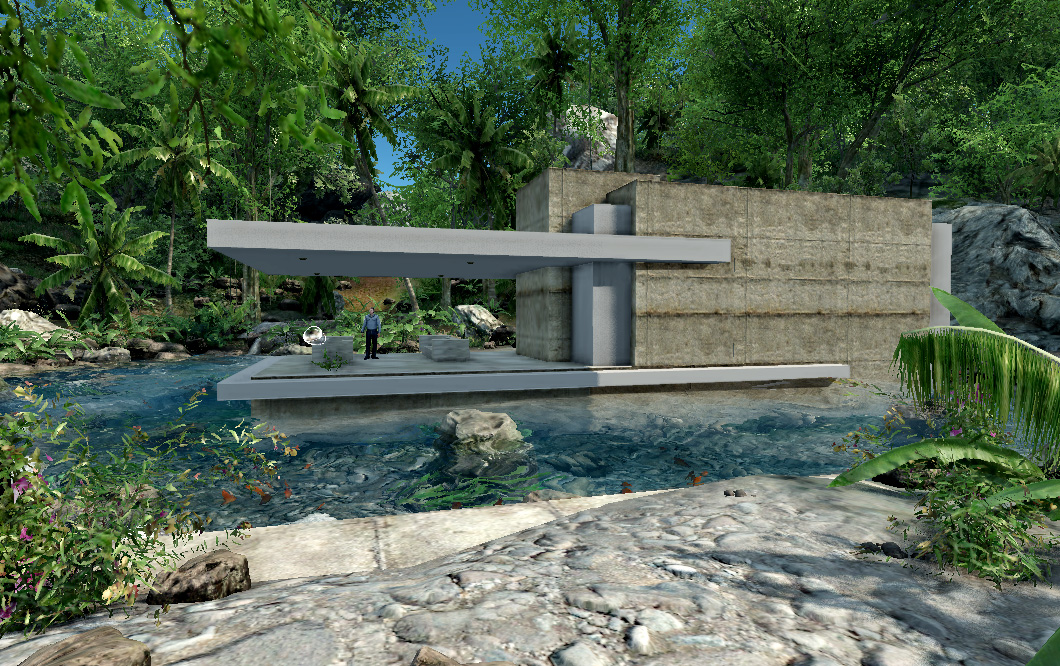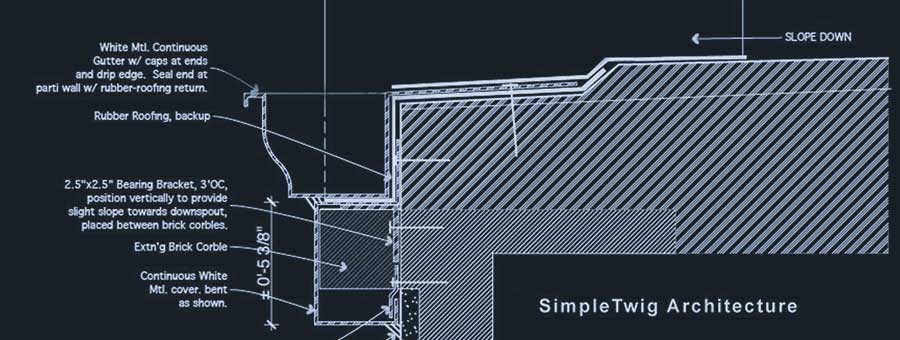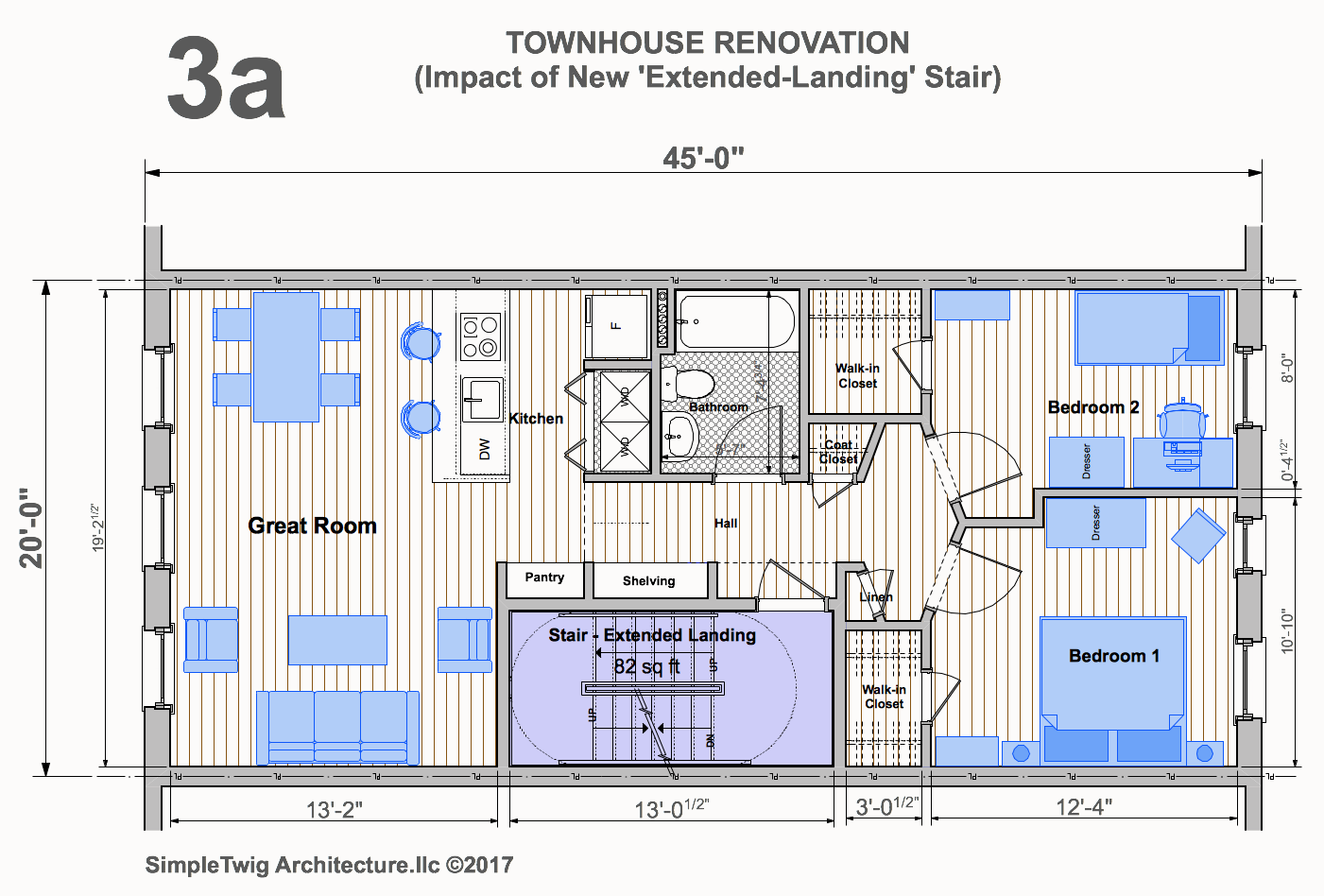The design challenge is to maximize the square footage within a typical 20’x45′ townhouse footprint while minimizing the lost space in public areas. Sounds simple? Haha, yeah sure. To do so one needs to examine all the pieces to ensure they themselves are efficient, and then arrange those pieces in such a way to avoid wasted space and improve sizes of rooms based on their hierarchical importance.
So we want to minimize the public spaces, the hallways and push that area savings into the main rooms of the apartment. At the same time we want to maximize the number of bedrooms, keep all plumbing and vent stacks in one area to minimize cost of construction, and keep everything nice and easy to build with simply arranged partitions, so the cost stays reasonable, and the time it takes to finish is quick. Clean layouts means less confusion for contractors, thus avoiding mistakes.
Can we at SimpleTwig Architecture.llc do it? We think we have and would like to present a clean, highly efficient apartment layout ready for most townhouses in New York City, Chicago and other urban areas, allowing the Home Owner to maximize their rent roll while providing their tenants with homes they will look forward to living in.
Continue reading “The Ultimate Townhouse Layout”


